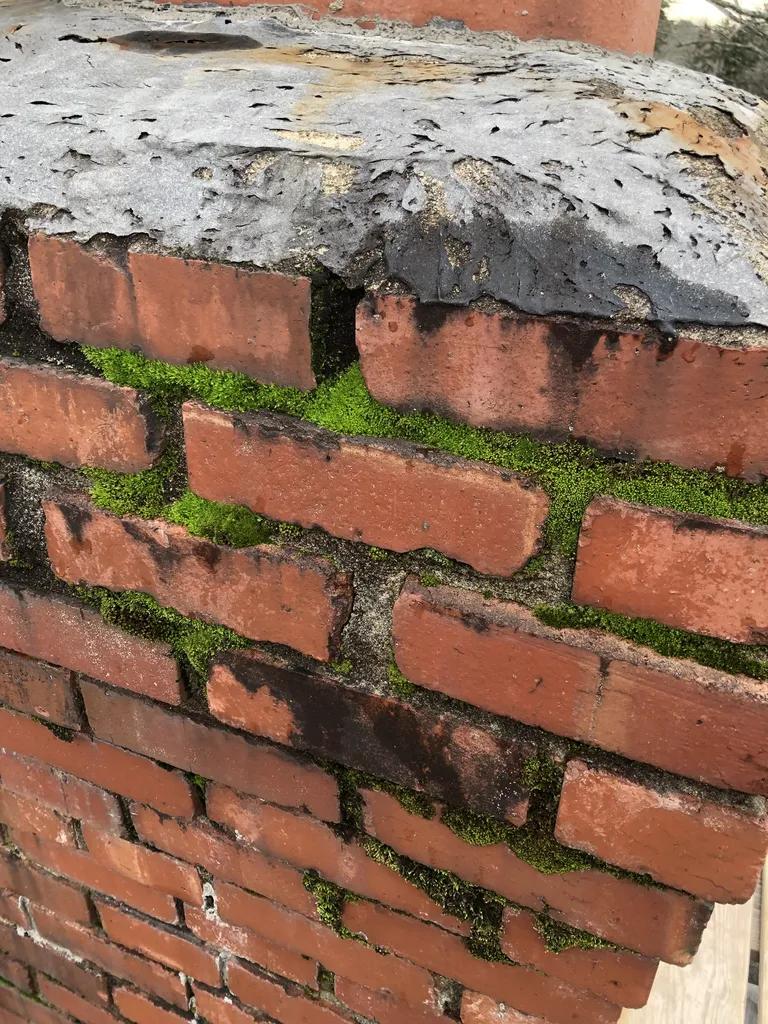Chimneys serve as a crucial component in maintaining the safety and efficiency of a home’s heating system. In Indiana, where extreme weather conditions can take a toll on structures, it is imperative for homeowners to be vigilant in monitoring the condition of their chimneys. This article aims to highlight common signs of a deteriorating chimney in Indiana and provide valuable insights on how to address these issues effectively. By recognizing and addressing these warning signs promptly, homeowners can ensure the continued safety and functionality of their chimney systems.
Table of Contents
- Common Signs of Deteriorating Chimneys in Indiana
- Implications of Ignoring Chimney Deterioration
- Professional Inspection and Maintenance Tips for Chimneys in Indiana
- Replacing a Deteriorating Chimney: Considerations and Costs
- Q&A
- To Conclude

Common Signs of Deteriorating Chimneys in Indiana
As a homeowner in Indiana, it’s important to be aware of the common signs that indicate your chimney may be deteriorating. Catching these issues early can help prevent further damage and ensure the safety of your home. Here are some key indicators to look out for:
- Cracked or crumbling masonry: Check for any visible cracks or deterioration in the bricks or mortar of your chimney. This can be a sign of water damage or age-related wear and tear.
- White staining: Also known as efflorescence, white stains on the exterior of your chimney indicate water infiltration. This can lead to further deterioration if not addressed promptly.
- Leaning chimney: If you notice that your chimney is leaning to one side, it could be a sign of a serious structural issue that requires immediate attention.
| Sign: | Description: |
|---|---|
| Cracked mortar | May indicate water damage |
| Rust on chimney cap | Sign of moisture penetration |

Implications of Ignoring Chimney Deterioration
If you ignore the signs of chimney deterioration, you could be putting your home and your family at risk. One of the most common signs of a deteriorating chimney is crumbling or missing bricks. This can lead to structural instability and increase the chances of a chimney collapse, which can be dangerous and costly to repair.
Another implication of ignoring chimney deterioration is the risk of a chimney fire. Cracks, holes, and creosote buildup in a deteriorating chimney can all increase the risk of a fire breaking out. It’s important to address any signs of deterioration promptly to avoid these potential dangers and ensure the safety of your home.

Professional Inspection and Maintenance Tips for Chimneys in Indiana
In Indiana, it is crucial to regularly inspect and maintain your chimney to ensure it is functioning properly and to prevent any potential hazards. One of the main signs of a deteriorating chimney is crumbling or cracking bricks and mortar. These can allow water to seep in and cause further damage.
Another important indicator is a buildup of creosote, a highly flammable substance that can lead to chimney fires. Additionally, if you notice any rust on your chimney cap or damper, it could be a sign of water damage and potential structural issues. It is recommended to schedule an annual chimney inspection with a professional to catch any issues early on and prevent costly repairs down the line.

Replacing a Deteriorating Chimney: Considerations and Costs
When it comes to maintaining your home, the chimney is often overlooked until it starts showing signs of deterioration. In Indiana, harsh weather conditions can accelerate the wear and tear on chimneys, making it essential to keep an eye out for potential issues. Some common signs of a deteriorating chimney include:
- Cracks in the masonry
- Efflorescence or white staining
- Leaning or tilting chimney
- Falling bricks or mortar
Ignoring these warning signs can lead to more serious problems, such as chimney collapse or fire hazards. If you notice any of these signs, it’s crucial to consider replacing your deteriorating chimney to ensure the safety and structural integrity of your home.
Q&A
Q: What are some signs that my chimney may be deteriorating in Indiana?
A: Some signs of a deteriorating chimney in Indiana include cracks in the chimney structure, crumbling mortar, water leaks inside the chimney, and visible signs of wear and tear on the exterior of the chimney.
Q: Why is it important to address chimney deterioration promptly?
A: Addressing chimney deterioration promptly is important because it can lead to further structural damage, increased risk of chimney fires, and potential health hazards from carbon monoxide exposure.
Q: How can I prevent chimney deterioration in Indiana?
A: Regular chimney inspections and maintenance, ensuring proper ventilation, and installing a chimney cap can help prevent chimney deterioration in Indiana.
Q: What should I do if I suspect my chimney is deteriorating?
A: If you suspect your chimney is deteriorating, it is important to contact a professional chimney inspector or repair service for a thorough assessment and necessary repairs to ensure the safety and functionality of your chimney.
Q: How often should I have my chimney inspected in Indiana?
A: It is recommended to have your chimney inspected annually by a professional chimney inspector in Indiana to identify any signs of deterioration and address any potential issues promptly.
To Conclude
In conclusion, it is important for residents in Indiana to be aware of the signs of a deteriorating chimney in order to ensure the safety and efficiency of their homes. By being proactive and addressing any issues promptly, homeowners can prevent further damage and costly repairs. Regular inspections and maintenance by a qualified professional are essential in maintaining a functioning chimney. Remember, a well-maintained chimney is crucial for proper ventilation and the prevention of fires. Stay informed and prioritize the health of your chimney to enjoy a safe and comfortable living environment.


